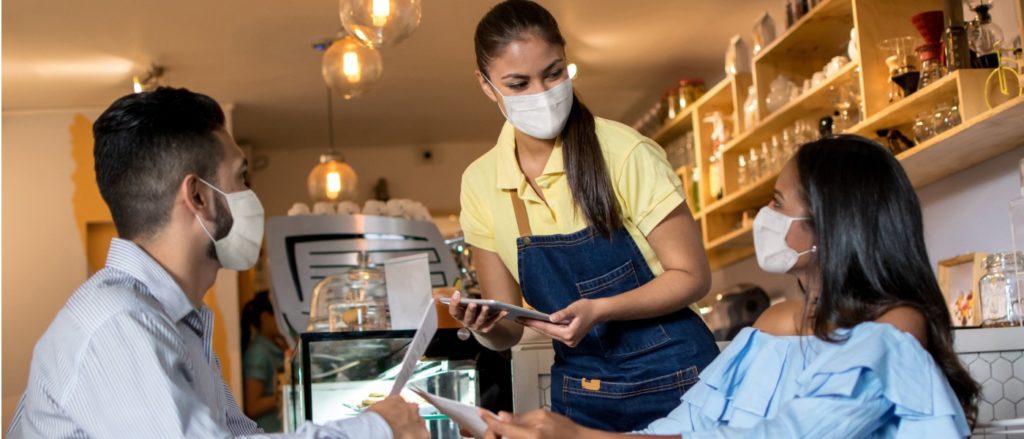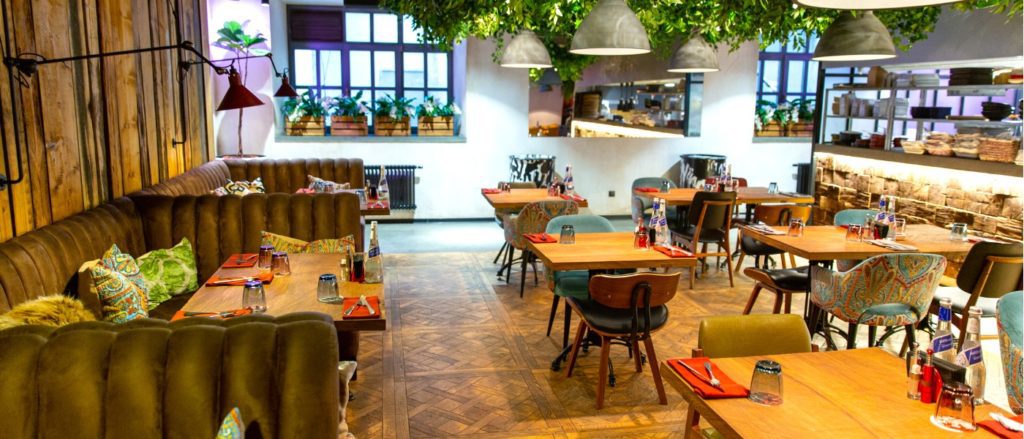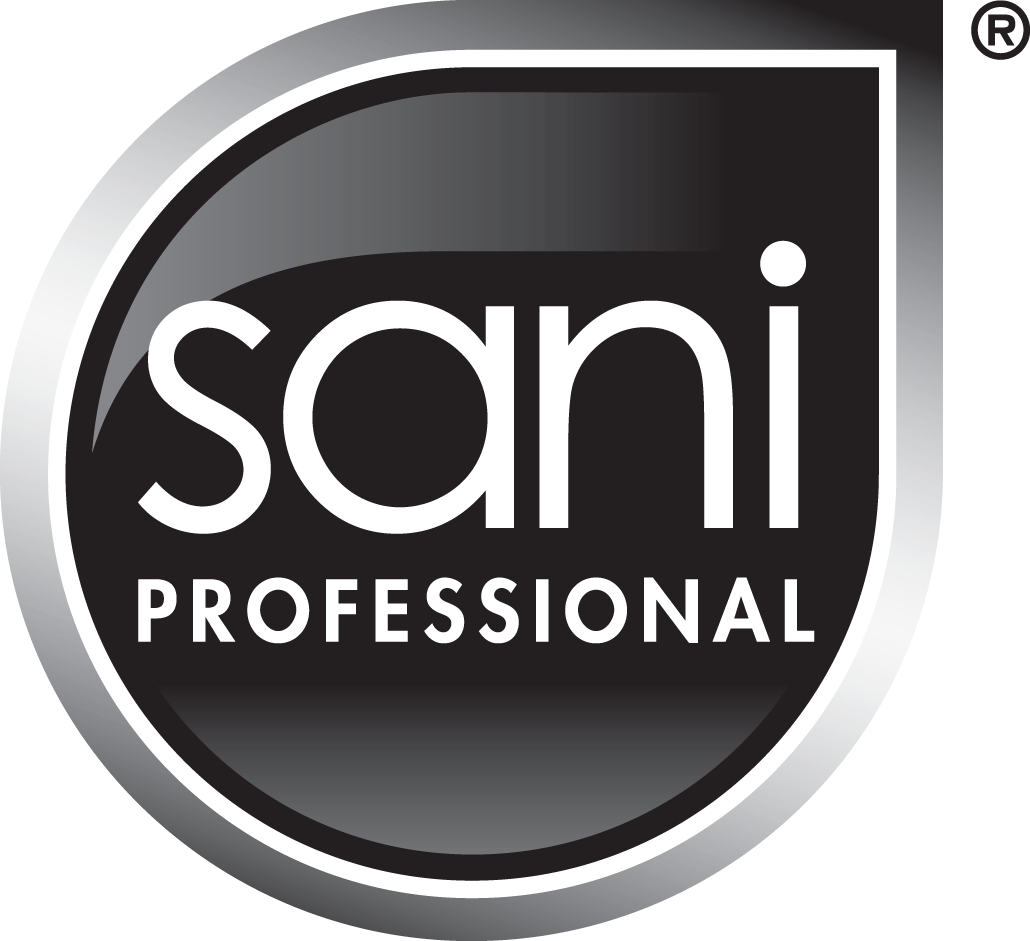
The restaurant industry continues to be affected by the ever-evolving COVID-19 pandemic with the Delta variant and other strains continuing to spread. As a growing number of people are vaccinated, many governmental restrictions and limitations have lifted. However, the Centers for Disease Control and Prevention (CDC) and other local health departments still recommend stringent guidelines to reduce the spread of the virus. Restaurant owners and managers must continue following smart and consistent best practices to keep both staff and guests safe on an ongoing basis.
Protecting Staff Members
Protecting Staff Members
Developing an effective system to combat COVID-19 at your restaurant starts from the inside – focus on protecting your employees first!
- Check Employees’ Health: Monitoring the health of all employees is a critical starting point for dining safety protocols. Each staff member should be aware of common COVID-19 symptoms, such as fever, cough, difficulty breathing, and fatigue, and remain at home if they are experiencing any symptoms. Some restaurant managers may also consider screening employees with temperature checks and questionnaires. The CDC recommends that employees should remain home if they have tested positive, are showing symptoms, or if they have recently had close contact with a person with COVID-19. In addition, it is also important for restaurant operators to develop policies, including sick leave, that encourage sick employees to stay at home without fear of reprisal or penalty.
- Require Personal Protective Equipment (PPE): PPE, including face masks, face shields, and gloves, play an essential role in reducing COVID-19 transmission. The CDC suggests requiring the use of masks among all restaurant and foodservice staff, especially in times when physical distancing is difficult. Masks and face coverings not only prevent pathogens from spreading if someone sneezes or coughs, they also reduce the ability to touch one’s face and mouth. Requiring staff to use PPE can go a long way in keeping your restaurant safe and hygienic, while also making patrons feel more comfortable eating there.
- Prepare for Guest Questions: Many customers may have questions about how the pandemic has impacted your restaurant and what measures you are taking to ensure a safe dining experience. Staff should be informed of all pertinent policies and procedures so they can answer FAQs, including:
- Has your restaurant had any recent COVID-19 cases?
- What are you doing to keep your establishment safe?
- Are you screening your workers?
- What specific hygienic and cleaning measures are you taking?
Being prepared to answer questions should allow your staff to quell any concerns patrons may have and let them know you take these issues seriously.
- Clean More Frequently: Cleaning, sanitizing, and disinfecting processes have always been an integral part of running a restaurant, but they are more vital than ever during the ongoing pandemic. The CDC recommends cleaning high touch surfaces and shared objects at least once a day to sufficiently removes viruses that may be on surfaces. Cleaning more frequently or disinfecting (in addition to cleaning) is suggested in high trafficked areas or if there is the high transmission of COVID-19 or low vaccination rates in the community. If someone who is sick or tested positive for COVID-19 has been in your facility within the last 24 hours, you should clean and disinfect the space (using disinfectants on U.S. Environmental Protection Agency (EPA)’s List N to remove any remaining germs on surfaces.) Some effective cleaning and disinfecting products to consider include no-rinse sanitizing multi-surface wipes, and disinfecting multi-surface wipes. Be sure to keep a close eye on stock levels, and re-order in advance to avoid shortages.
- Double Check Compliance: Local laws regarding compliance, as well as guidance from health and safety agencies like the CDC, Occupational Safety and Health Administration (OSHA), and World Health Organization (WHO) are constantly changing as new information emerges. Therefore, restaurants managers will want to stay updated on the latest news from these sources to ensure compliance. The National Association of County and City Health Officials (NACCHO) offers a directory of local health departments where you can search by state and region. Below are links to other helpful health and safety agencies for COVID compliance updates:

Protecting Guests and Customers
Protecting Guests and Customers The other crucial part of dining safety best practices in protecting your customers. Restaurant owners and managers need to prioritize these actions to make guests feel welcome and safe and to keep them coming back.
- Communicate Clearly: When guests first enter an eating establishment, they should be greeted with clear and straightforward communication about safety protocols, including mask mandates and cleaning standards. Displaying safety posters and infographics in prominent locations with high visibility as well as updating your website and social media pages will clearly inform patrons about safety measures and put them at ease.
- Offer Alternatives: Providing flexible, alternative options beyond the traditional dine-in, for customers to get food, such as takeout, drive-through, curbside pick-up, and delivery are key to maintaining safety in the current climate. Indoor dining, according to the CDC, has a higher risk of spreading the virus especially if seating capacity is not reduced and tables are not spaced at least six feet apart. Alternative food delivery options also provide more convenience and flexibility for consumers and may attract new business.
- Adjust for Social Distancing: Restaurants must be keenly aware of social distancing guidelines as we know that COVID-19 is most often spread when people are physically near each other. There are specific steps that food establishments can take to enhance dining safety for guests, including:
-
-
- Use outdoor seating whenever possible
- Don’t use self-serve food stations
- Space out the table and chair layout to ensure all parties are at least six feet apart
- Place markers on the floor for customers standing in line to ensure proper social distancing
- Bring takeout orders to customers in their vehicle, rather than having them come inside
-
-
- Promote Hand Hygiene: Frequent handwashing is crucial for reducing the transmission of the virus – and is recommended by the CDC, local and state health organizations for employees and customers at all public locations, including restaurants. When a customer enters a restaurant, a trip to the bathroom to wash hands with soap and water is not always common or convenient. Providing hand sanitizer or sanitizing wipes to guests as they enter or in other easily accessible spots is a smart, beneficial and easy solution to create a safer dining environment.
- Go Digital: Technology was already transforming restaurants and food establishments before the pandemic and has now accelerated dramatically as a way to increase safety. Examples include online/app ordering with contactless pickup or delivery as well as tableside digital ordering using digital displays and mobile apps. Automation, robots, and artificial intelligence are other emerging technologies that are improving convenience, operations, and safety.
Sources:
- U.S. COVID-19 vaccine tracker: See your state’s progress, Mayo Clinic 2021
- “Considerations for Restaurant and Bar Operators” CDC 2021
- “Using Personal Protective Equipment (PPE)” CDC 2021
- Directory of Local Health Departments NACCHO 2021
- Considerations for restaurant and bar operators CDC 2021
- OSHA COVID standards and regulations OSHA 2021
- COVID-related guidance from the Food and Drug Administration FDA 2021
- Regulatory updates from the WHO WHO 2021
- “Hand Sanitizer Use Out and About” CDC 2020

